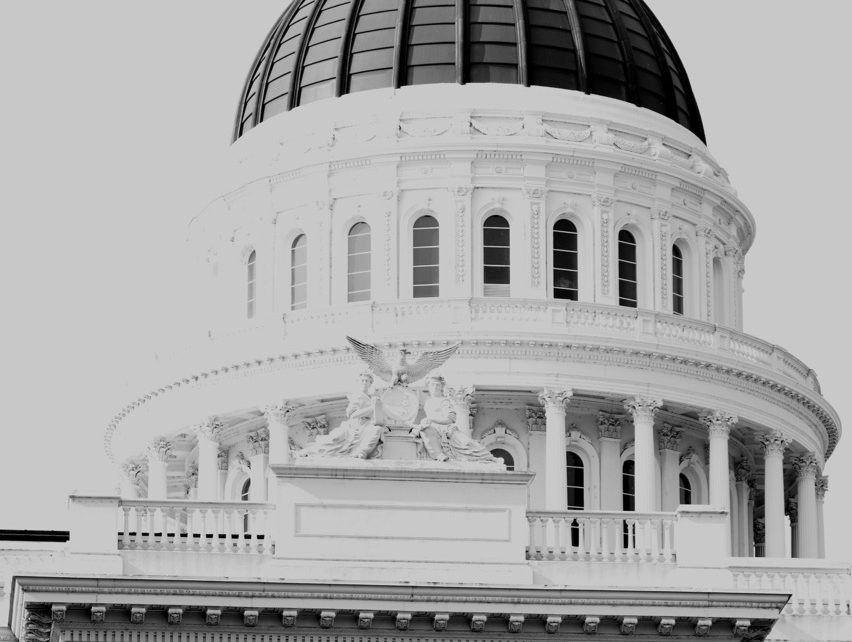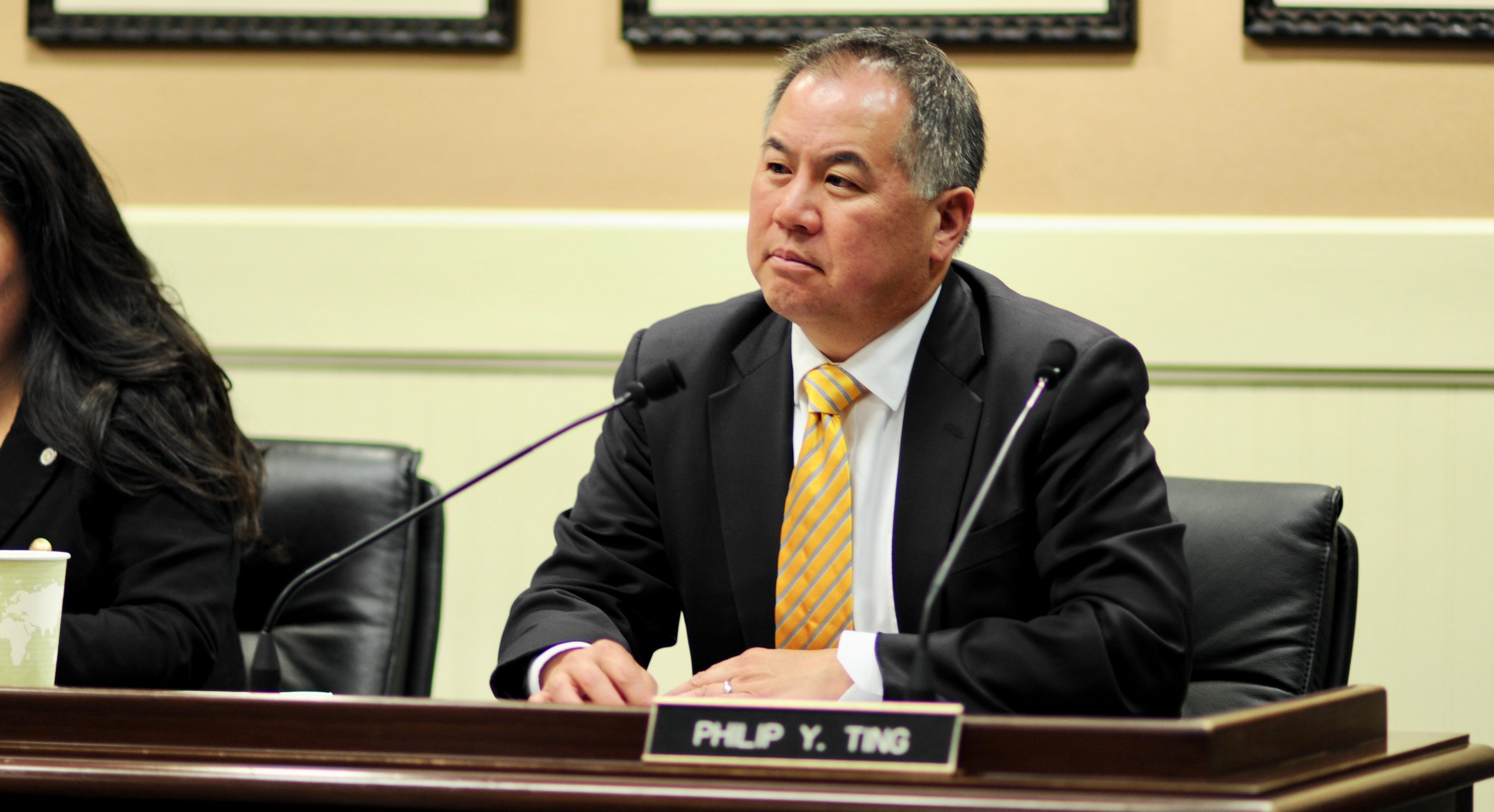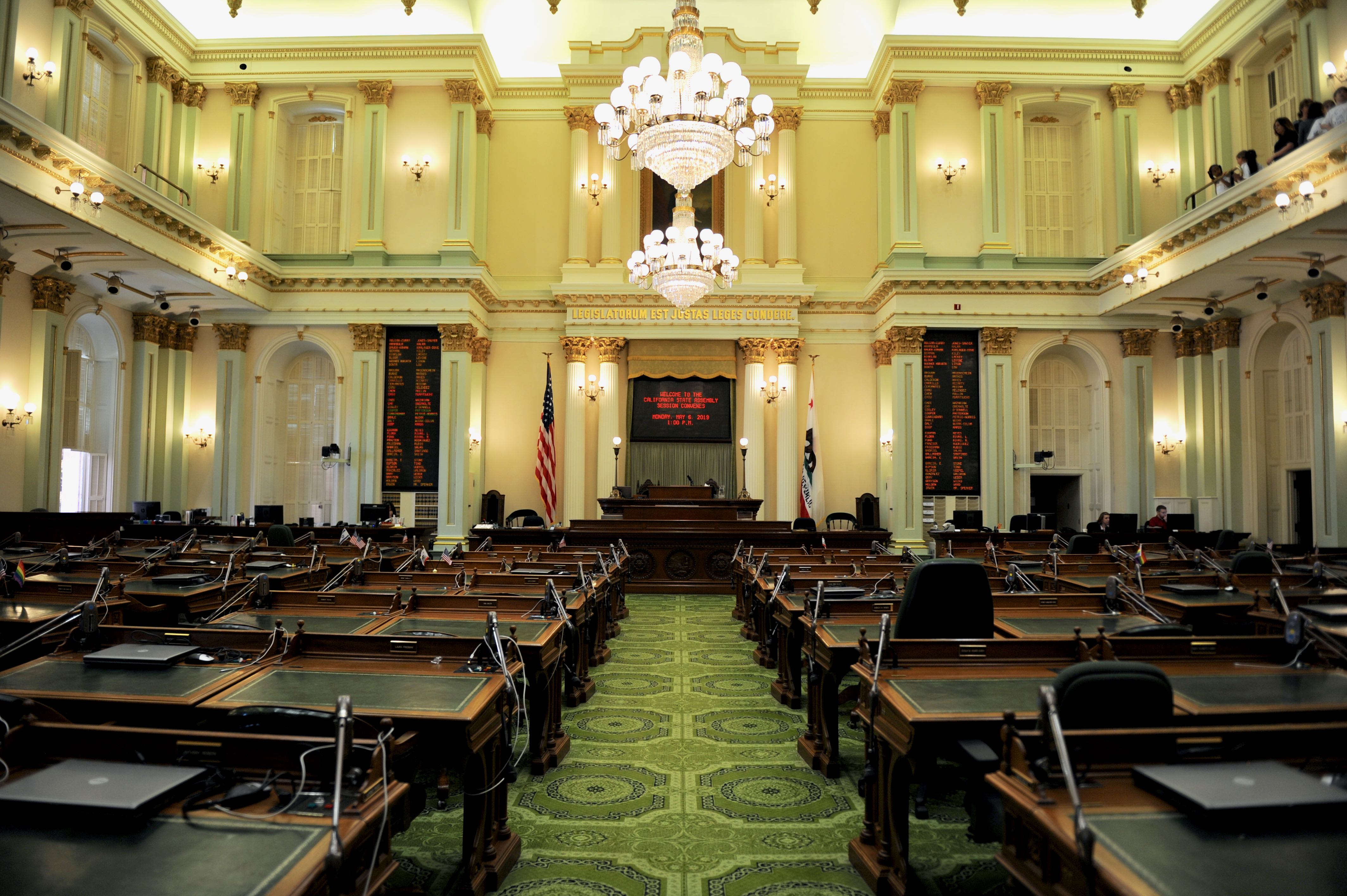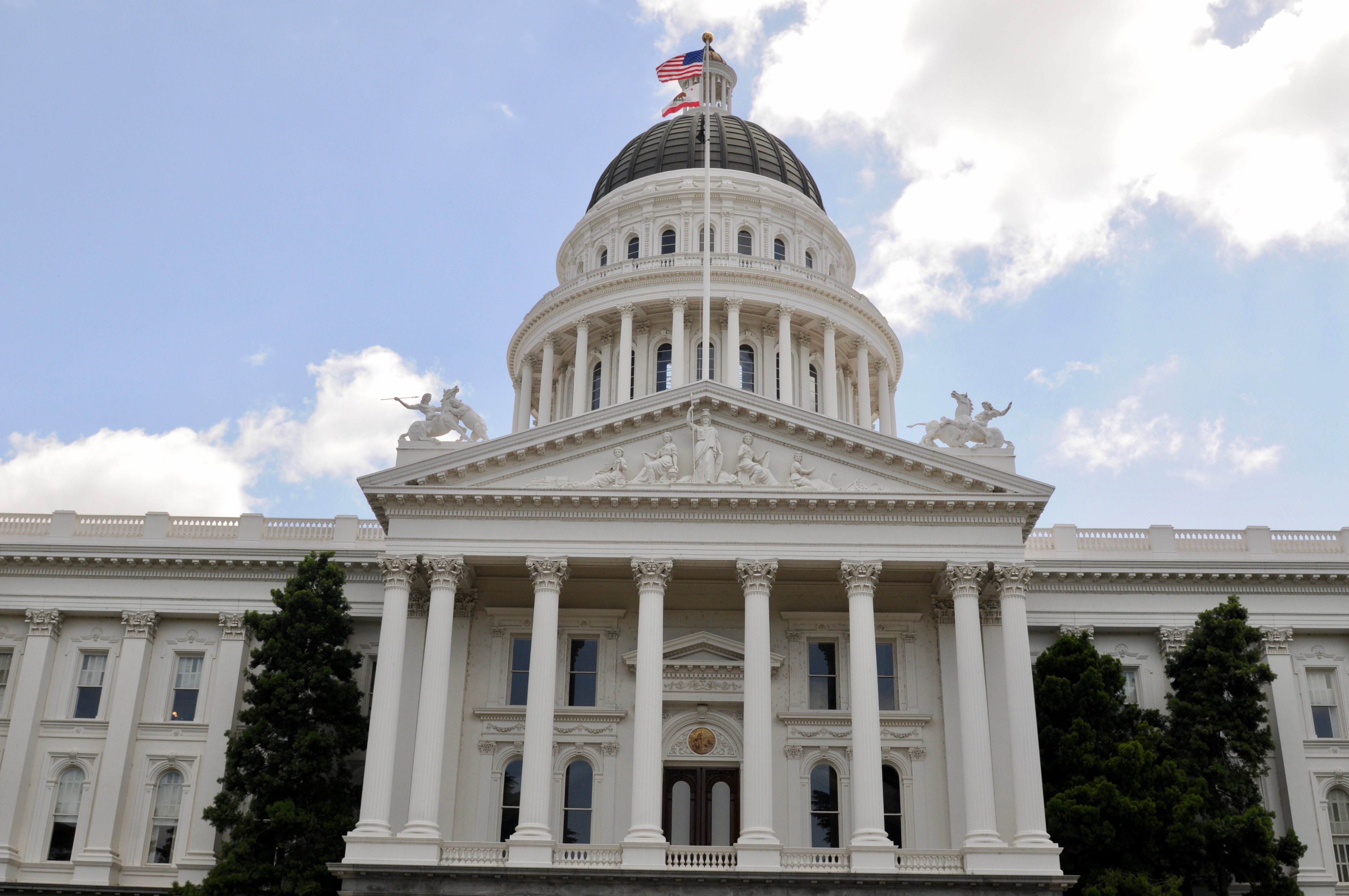
California State Capitol. (Photo: Kevin Sanders for California Globe)
State Budget Advocacy: A Different Form of Lobbying?
It is important that communication be done early in the budget process
By Chris Micheli, December 31, 2019 2:06 am
There are those who want to spend more, spend less, create new programs, eliminate existing programs, and lots in between.
Is state budget advocacy similar or different from other forms of lobbying, such as advocating on bills or regulations? In one way, budget advocacy is no different than legislative or regulatory advocacy. The concept is the same – which is to educate and ultimately influence lawmakers or Administration officials concerning specific budget appropriations or “trailer bill” language.
As others have stated, the California budget is a bill that the state must pass every single year, but it is still a bill. What we find is that some advocates do not have budget issues, while others find it to be a large document with big numbers and tremendous implications that sometimes can be intimidating for observers.
The state budget process on paper is similar to the legislative process; however, it can be different in practical terms. The full budget committees of the Senate and Assembly act mostly as the final arbiter of their respective houses when it comes to finalizing the actions of their subcommittees.
Obviously, the legislative leaders can and do impact “final” budget decisions. But the budget bill is rarely modified on either floor of the Legislature. Instead, the five Senate budget subcommittees and the six Assembly budget subcommittees act as both policy and fiscal committees in determining budget actions.
The Assembly Budget Committee and the Senate Budget and Fiscal Review Committee are charged with adopting the state budget and the respective trailer bills. Once the Governor’s budget proposal is released by January 10, both budget committees’ staff prepare a summary overview of the Governor’s budget; a similar document is prepared by the Legislative Analyst’s Office (LAO).
In early March, the Assembly and Senate subcommittees begin holding hearings and taking testimony from the Department of Finance (DOF), LAO, respective state agencies and departments, and members of the public. This is a critical time to advocate for your client’s position on specific budget requests. Most of the work on the budget occurs at the subcommittee level.
Prior to these hearings, the budget committee staff members examine the budget proposals and prepare agendas that include an explanation of the Governor’s budget proposals and the staff’s recommendations whether to accept, modify, hold open, or reject the budget proposals. Sometimes the Governor’s budget proposals are “held open” for further discussions. The minority party staff prepare similar information for their members.
By the time the Governor’s May Revise of the budget is released in mid-May, after April tax receipts are known, the subcommittees must conclude their deliberations within two weeks or so. As such, it is hard for the public to have much more input unless there is an entirely new budget proposal. As a result, it is important that communication be done early in the budget process.
Differences between the actions of the Assembly and Senate are usually handled by a 2-house conference committee. The procedural requirements have sometimes been waived due to time constraints for establishing the budget conference committee. The Assembly and Senate rotate the chairmanship of the conference committee each year.
This process is supposed to address the differences between the versions of the budget adopted by the Senate and Assembly. While the conference committee is open to the public and usually broadcast on California Channel, usually there is no public testimony taken. Instead, advocates rely upon budget conferees to advocate for a position adopted by one house.
The three Assembly Members and three Senators (4 Democrats and 2 Republicans) hear from the DOF and the LAO, and deliberate among themselves. The conference committee will sometimes make changes known as “conference compromises”. After that, they will finalize the remaining items and close-out the budget.
Thereafter, both houses will vote on the conference report and they will pass budget trailer bills. Again, once the budget is on the floor, there is little opportunity to make changes. Sometimes there will be an opportunity to modify policy language contained in a trailer bill, or some budget line items are modified in a “budget junior” bill.
On some issues that are inserted at the last minute, they may be technically “heard” in one or both budget committees, but there often is no public testimony taken. Instead, the budget committees will only hear from the LAO and the DOF. The only means of “public input” is when a legislator will ask a pointed question or will make a specific point as part of the committee’s deliberations.
Although the public budget process is usually just over five months in length, the development of the state budget begins shortly after the prior version takes effect. California’s fiscal year begins on July 1 (the state’s fiscal year ends on the following June 30). By way of comparison, the federal government’s fiscal year runs October 1 through September 30.
State departments must submit their budget proposals to their respective agencies, who in turn submit their proposals to the Department of Finance. This occurs in the early fall. After the DOF makes its recommendations, the Governor and his staff will make final determinations in consultation with DOF in time for release of the Governor’s budget by the January 10 deadline.
The Governor’s budget is on the DOF website under the E-BUDGET tab. The budget is over 1,300 pages in length and contains the details of the Governor’s proposed budget spending for the upcoming fiscal year. Each budget item is assigned a 10-digit code and includes the state department, purpose and funding source.
The legislative budget subcommittees (which are known by numbers in both the Assembly and Senate) have the following subject matter jurisdictions:
- Education (Senate Subcmte #1 and Assembly Subcmte #2)
- Resources, Environment, and Transportation (Senate Subcmte #2 and Assembly Subcmte #3)
- Health and Human Services (Senate Subcmte #3 and Assembly Subcmte #1)
- State Government (Senate Subcmte #4 and Assembly Subcmte #4)
- Public Safety and Judiciary (Senate Subcmte #5 and Assembly Subcmte #5)
There are always tensions when it comes to state budget negotiations. There are those who want to spend more, spend less, create new programs, eliminate existing programs, and lots in between. With a state budget valued well in excess of $150 billion annually, the California budget has a lot of attention and involvement of a diversified list of interest groups.
Lobbyists should understand some key items in the budget process: The Governor has “blue pencil” authority. Specifically, the California Constitution provides the chief executive with “line item veto” authority so he or she can reduce or eliminate any item of appropriation from any bill, as well as in the budget bill or any budget trailer bill.
State agencies submit “budget change proposals”, often referred to as BCPs, which contain proposed expenditures and budget changes to existing levels of service that are used to prepare the Governor’s budget. These BCPs can be reviewed on the DOF website.
This is distinguished from a “deficiency” request wherein an agency or department has an unanticipated increase in its costs (regardless of reason) that exceed the funding that was appropriated for the agency or department in the state budget. In these cases, the agency or department will request a deficiency appropriation in separate legislation.
Budget control language (BCL) is language contained in the budget bill that provides conditions on the use of a specific appropriation contained in the budget.
There are also “Finance Letters” which are proposals made by the Director of Finance to the chairs of the budget committees in each house to amend the Budget Bill and the Governor’s Budget from the form submitted by January 10 in order to reflect a revised plan of expenditure.
The line items that are eliminated or reduced (i.e., line-item vetoed) by the Governor in the Budget Bill are reconsidered separately and any of these “line item vetoes” may be overridden in the same manner as bills (i.e., with a 2/3 vote of both houses of the Legislature).
- Interesting Provision in Social Media Bill - April 18, 2024
- Frequently Asked Questions about Legislative Review of State Agencies - April 18, 2024
- Legislative Records Are Not Proprietary to the State - April 17, 2024




